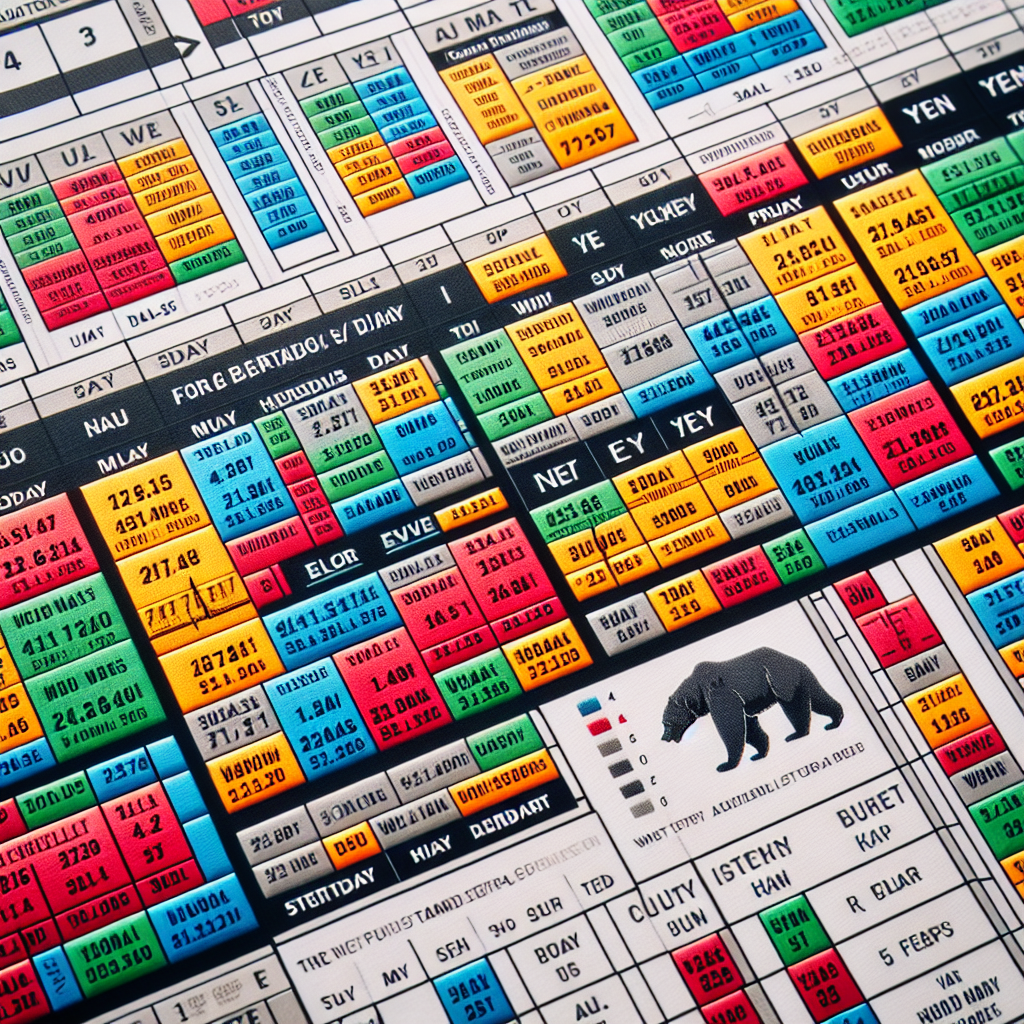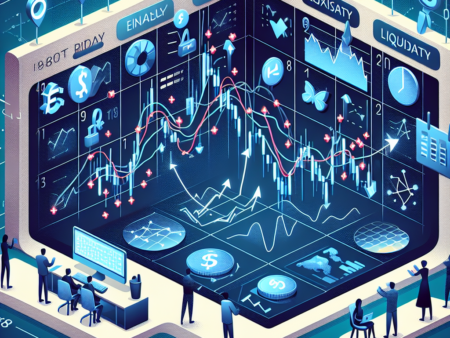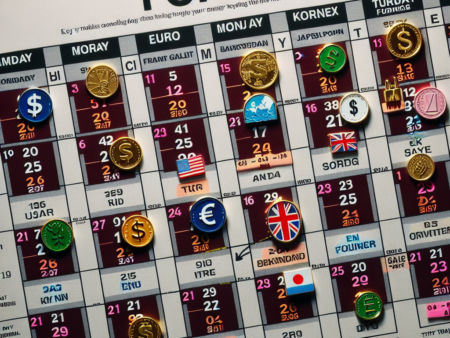Panduan lengkap tentang kalender Forex untuk trader harian.
Kalender Forex: Panduan Lengkap untuk Trader Harian
-
Table of Contents
- Introduction
- What is a Forex Calendar?
- Why is the Forex Calendar Important for Daily Traders?
- Key Components of a Forex Calendar
- Date and Time
- Event Description
- Importance Level
- Previous, Forecast, and Actual Values
- Impact on Currency Pairs
- How to Use the Forex Calendar Effectively
- Plan Ahead
- Focus on High-Impact Events
- Monitor Deviations from Expectations
- Combine Technical and Fundamental Analysis
- Conclusion
Introduction

Forex trading has gained immense popularity in recent years, attracting traders from all walks of life. With its potential for high returns and the ability to trade 24 hours a day, it has become a lucrative option for many individuals. However, to succeed in the forex market, traders need to have a deep understanding of various factors that can impact currency movements. One such factor is the forex calendar, which provides crucial information about upcoming economic events and their potential impact on currency pairs. In this article, we will provide a comprehensive guide to the forex calendar for daily traders in Indonesia.
What is a Forex Calendar?
A forex calendar, also known as an economic calendar, is a tool that provides traders with a schedule of upcoming economic events, such as central bank meetings, economic indicators releases, and political events. These events can have a significant impact on currency pairs, as they often influence market sentiment and can lead to increased volatility. Traders use the forex calendar to stay informed about these events and plan their trading strategies accordingly.
Why is the Forex Calendar Important for Daily Traders?
For daily traders, the forex calendar is an essential tool for several reasons. Firstly, it helps them identify potential trading opportunities based on upcoming economic events. By knowing when important data releases or central bank meetings are scheduled, traders can anticipate market movements and position themselves accordingly.
Secondly, the forex calendar allows traders to avoid trading during high-impact events that can lead to unpredictable price movements. For example, if a major economic indicator is scheduled to be released, traders may choose to stay on the sidelines until the market settles down and the impact of the news is absorbed.
Lastly, the forex calendar helps traders manage their risk effectively. By being aware of upcoming events, traders can adjust their position sizes or set appropriate stop-loss levels to protect their capital. This proactive approach to risk management is crucial for daily traders who aim to minimize losses and maximize profits.
Key Components of a Forex Calendar
A forex calendar typically includes several key components that provide traders with valuable information. Let’s explore these components in detail:
Date and Time
The date and time column in a forex calendar indicate when an economic event is scheduled to take place. Traders need to pay close attention to these details to ensure they are aware of upcoming events and can plan their trading activities accordingly. It is important to note that the time mentioned in the forex calendar is usually in GMT or UTC, so traders in different time zones need to adjust accordingly.
Event Description
The event description column provides a brief overview of the economic event or indicator that is scheduled to be released. It may include the name of the event, such as “Gross Domestic Product (GDP) release” or “Interest Rate Decision.” Traders should familiarize themselves with the different types of economic events and their potential impact on currency pairs to make informed trading decisions.
Importance Level
The importance level column indicates the significance of the economic event in terms of its potential impact on the market. Events can be categorized as low, medium, or high impact. High-impact events are typically major economic indicators or central bank meetings that have the potential to significantly move the market. Traders should pay extra attention to high-impact events as they can present both opportunities and risks.
Previous, Forecast, and Actual Values
The forex calendar also provides information about the previous, forecast, and actual values of economic indicators. The previous value represents the data from the previous release, while the forecast value is an estimate of what the market expects the current release to be. The actual value is the real-time data that is released during the event. Traders analyze these values to assess the deviation from expectations and gauge the market’s reaction.
Impact on Currency Pairs
One of the most crucial aspects of the forex calendar is its ability to indicate the potential impact of an economic event on currency pairs. This information is usually represented by color-coded symbols or icons. For example, a red icon may indicate a high-impact event that can lead to increased volatility and significant price movements. Traders should be cautious during such events and adjust their trading strategies accordingly.
How to Use the Forex Calendar Effectively
To make the most of the forex calendar, daily traders should follow a systematic approach. Here are some tips to use the forex calendar effectively:
Plan Ahead
Traders should review the forex calendar regularly and plan their trading activities in advance. By identifying upcoming events, traders can allocate their time and resources accordingly. This proactive approach helps traders stay organized and prepared for potential market movements.
Focus on High-Impact Events
While all economic events are important, high-impact events have the potential to create significant market volatility. Traders should pay extra attention to these events and be prepared for increased price fluctuations. It is advisable to avoid trading during high-impact events unless one has a well-defined strategy to capitalize on the volatility.
Monitor Deviations from Expectations
Traders should closely monitor the actual values of economic indicators and compare them to the forecasted values. Significant deviations from expectations can lead to market reactions and provide trading opportunities. By staying updated with the latest data releases, traders can make informed decisions based on real-time information.
Combine Technical and Fundamental Analysis
While the forex calendar provides valuable fundamental information, it is essential to combine it with technical analysis. Traders should analyze price charts, indicators, and patterns to identify potential entry and exit points. By combining both fundamental and technical analysis, traders can make well-rounded trading decisions.
Conclusion
In conclusion, the forex calendar is an indispensable tool for daily traders in Indonesia. It provides crucial information about upcoming economic events, their potential impact on currency pairs, and helps traders plan their trading strategies accordingly. By staying informed about the forex calendar, traders can make well-informed decisions, manage their risk effectively, and increase their chances of success in the forex market. Remember to regularly review the forex calendar, focus on high-impact events, monitor deviations from expectations, and combine fundamental and technical analysis for a comprehensive trading approach.







